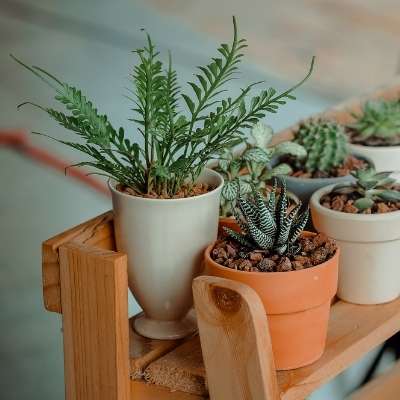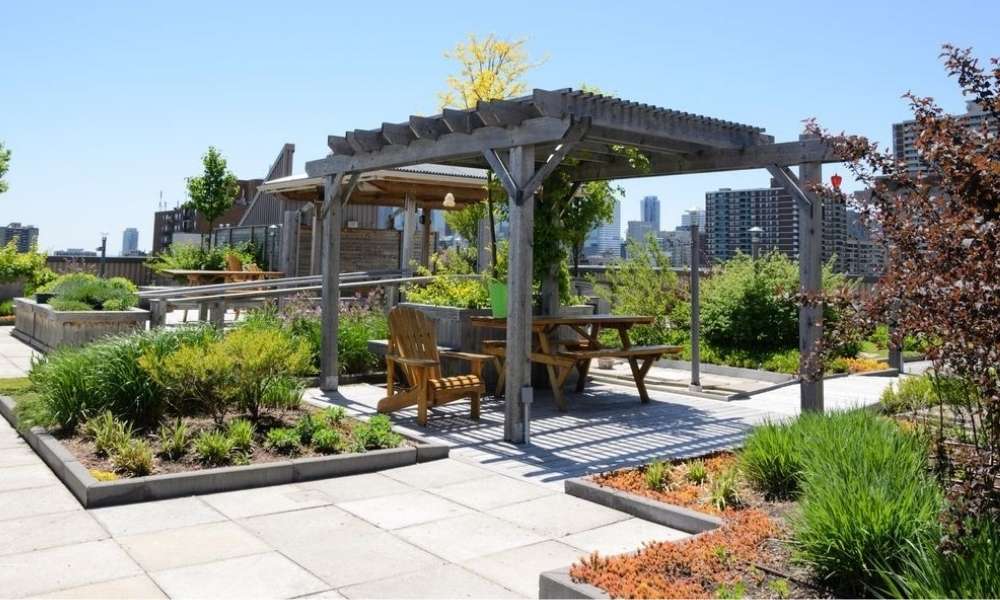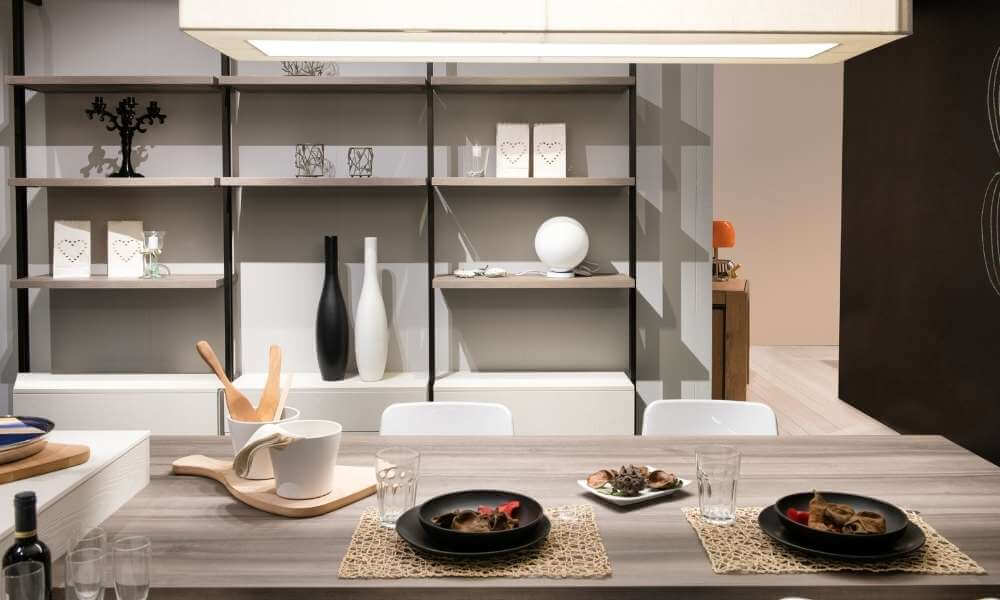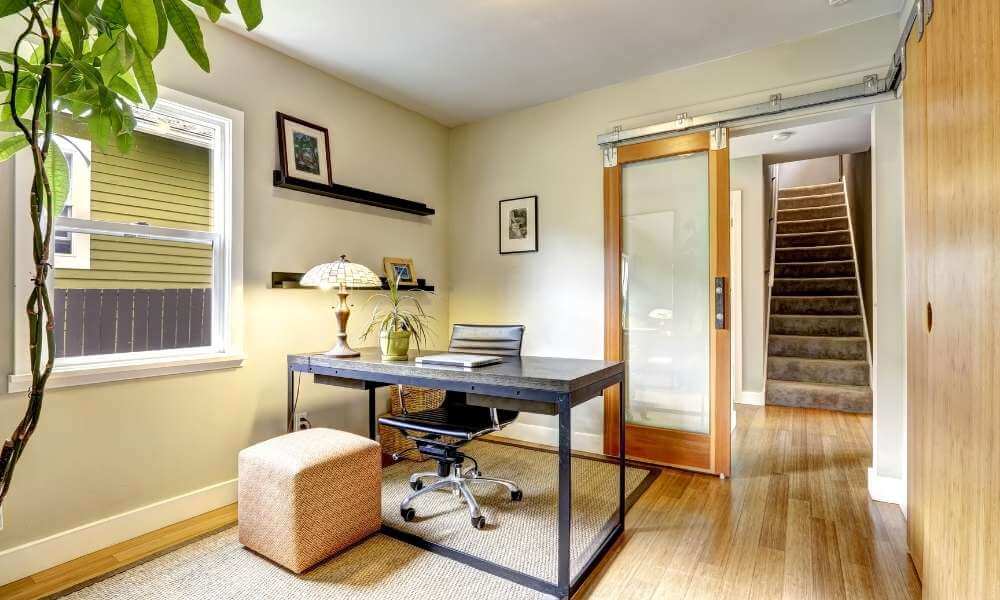Roof gardens are very beautiful and environmental for city homes. If you live in an apartment or patio, a roof garden allows you to grow ornamental trees and grasses, flowers, and even vegetable plants. You will learn here how you can create a rooftop garden. Here I have tried to highlight almost all the steps of making a roof garden.
There are several ways to start a roof garden. You can start by preparing your roof.
Prepare Your Roof
There are many steps to prepare a roof and Here are those steps you can follow to prepare your roof for gardening.
1. Evaluate the loading capacity of your roof
How much weight your roof structure can support is called loading capacity. This will include your trees, pots, and all the furniture on your rooftop. You cantalk to a licensed structural engineer about your roof garden and your roofing capacity. A structural engineer will give you the initial design of your garden and can give advice on what your problems might be. This way you could know which type of plants you can use to create a rooftop garden.
2. Monitor the sun exposure of your building
How many hours of sunlight your tree needs will depend on the tree. Every plant needs sunlight to grow up. Notice sunlight patterns in 1 or 2 weeks to make sure your roof is not covered by sunlight in other buildings. You can try monitoring morning, noon, and evening so that you may have a good idea about the sun exposure and how it changes.
3. Plan for air exposure
The air on the roof is usually stronger than the ground level, especially if your building is very high. Too much wind can severely damage or kill plants. if you notice strong winds on your roof, you may be needed a structural windbreaker. You can observe the air contact with a weather van, with the help of an anemometer, or by standing on the roof to feel the weather for yourself. Since the wind can dry out the soil, your plants will need frequent watering.
4. Design your roof garden
You can make art on graph paper or blueprint where you want to place your plants and furniture on the roof. This way you can organize your roof as soon as you create the garden and If you do not like the previous design, you can change it at any time.
How To Reset Outdoor Motion Sensor Lights
Buy Plants
You can choose different plants for roof gardening but if you don’t know which trees to choose then follow the below steps.
1. Look for Drought and Heat-Tolerant Trees
Drought and heat-tolerant plants are the best candidates for rooftop gardens because these trees are able to withstand strong winds and intense sunlight. These qualities seeds have more possibilities to survive the first year. If you plan to add more fragile plants, add shade or a windbreaker.

You can plant some flower-like Angelonia, Begonias, Coleus, Evolvulus, etc. which are work well in hot and sunny weather. Also, you need to water the plants regularly.
2. Buy local plants in your area
Plants derived from your state or climate will attract native animals like birds and butterflies. They can adapt well to native trees. If the strong winds or heat hits, Your plants will increase the chances of survival. Ask your local nursery which plants are local in your area.
3. Choose ornamental trees and shrubs
Large plants will add weight to your roof and leave no room for other decorations. Small, ornamental trees and shrubs look good in a roof garden when placed in pots.
Add a maximum of 2 to 4 trees or shrubs to save space.
The roots of your tree need to be pruned every few years to manage them. Examples of ornamental trees and shrubs include Eastern Redbud, Cornus Mas, Serviceberry, Kousa Dogwood, Japanese Tree Lilac, Dwarf Korean Lilac, Ornamental Pears, and Japanese Maple, etc.
4. Plant small leafy plants
Large, delicate deciduous trees are shattered by high winds in the roof garden. In winter they suffer more from sun exposure. Small-leaved trees or pines grow well, especially on roofs.
Making the garden
After buying the plants you need to think about how you will make the garden and Here are some steps making a garden:
1. Attach a hole that goes into your roof
If you don’t get enough rain, you can add a hole in the roof to draw water through the pipes. This is a good method by which you can save space. Connect a faucet or water line to the roof through a hole. You can use a watering can, If you can’t find one either. The most reliable water method is to install an automatic irrigation system.
2. Add pots for plants
See a map of your garden to determine where you will place the pots. The ideal pots to be filled with tree roots Must be light and deep. Pick plastic and burnt earthen pots for trees.
3. Place your seeds or seedlings in pots
If you wish, you can sow the seeds in pots or bring small seedlings from the nursery.
Seedlings are resistant to many diseases and strong and are available at very low prices. On the other hand, Seedlings will do better than seeds in cold or windy weather. You can start seeds inside if you want and then plant them as seedlings.
4. Install small net
Windbreakers will prevent your plants from drying out or being damaged in bad weather. Nets are the most common option for roof gardens because they have holes and the air pressure will go down easily. Make or buy nets, and keep them in a place where the wind will blow and it will be able to block the wind.
Decorate your garden
If you do all the gardening but don’t decorate the garden then the garden will not look good. You can follow the below steps to decorate your garden.
You can also Decorate Balcony with Plants
1. Add light-weight furniture
After finishing planting, now read the map again to bring the furniture. Bring light furniture to your roof so that the roof takes less pressure. Lightweight folded furniture is good for the roof. Keep furniture in a safe place after use to protect it from strong winds.
2. Use open space
There needs to be a purpose to every inch of space in your roof garden. Arrange with height if possible, without crowding the ground. Using vertical spaces will widen your garden, so plant climbing vines or hang flower pots on the sidewall if possible. Paying too much attention to horizontal spaces will make your garden look itchy.
3. Choose a center point
The focal point is the centerpiece that holds your garden together. Choosing a center will make your garden balanced and harmonious. As a good focal point, you can put a large tree, sofa, or any statue. Try to create a single focal point because multiple focal points will ruin the beauty of the garden.
4. Choose multi-functional decor
Since there is less space on your roof so use multi-functional furniture.
If you are interested to decorate your bedroom checkout this




